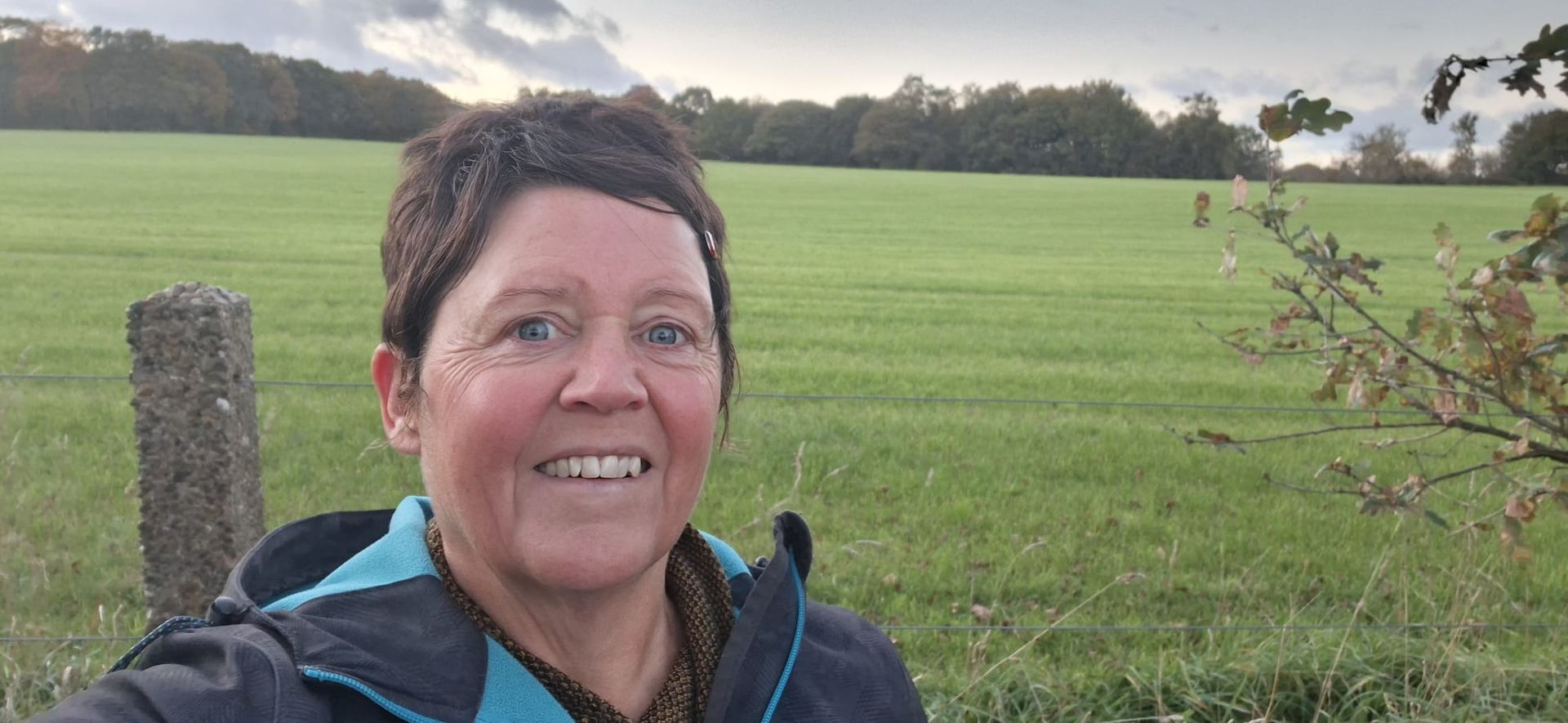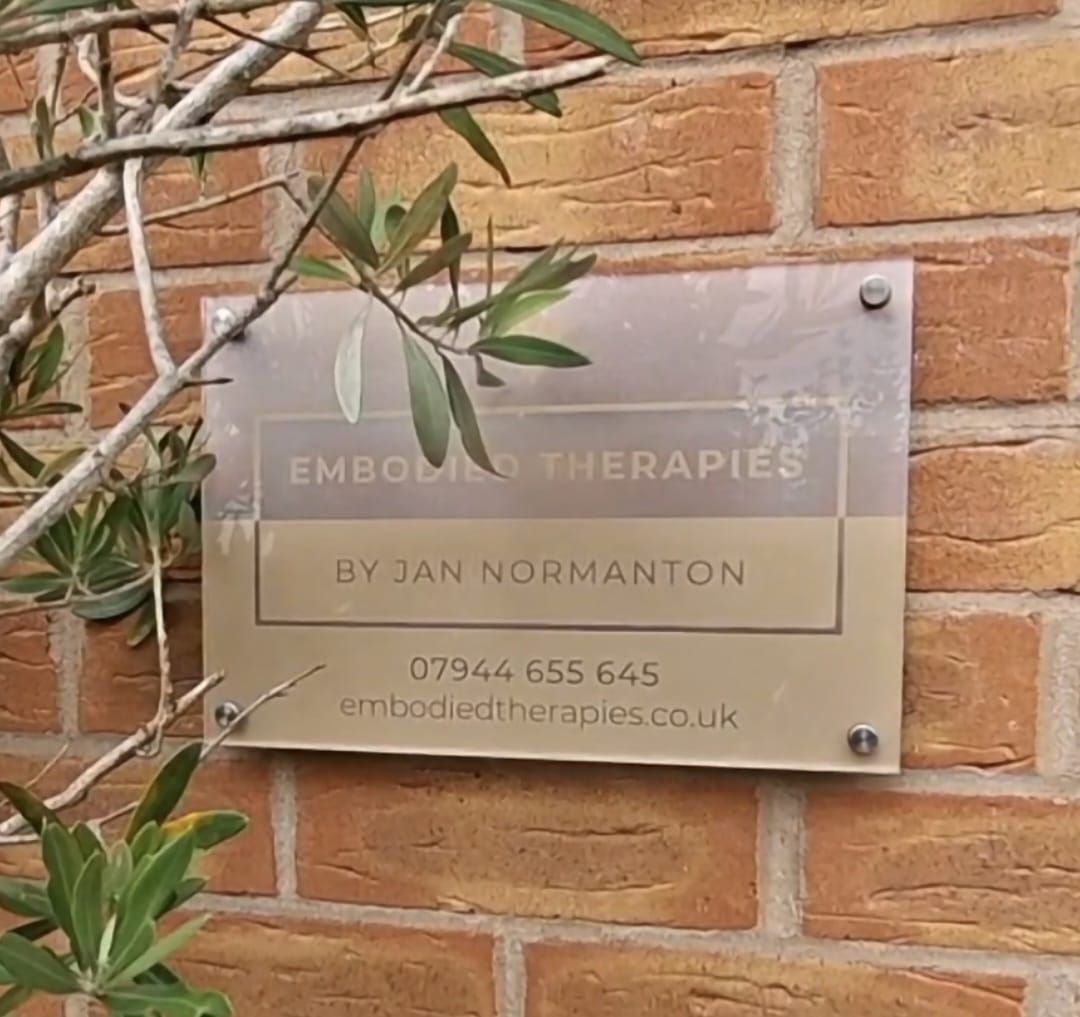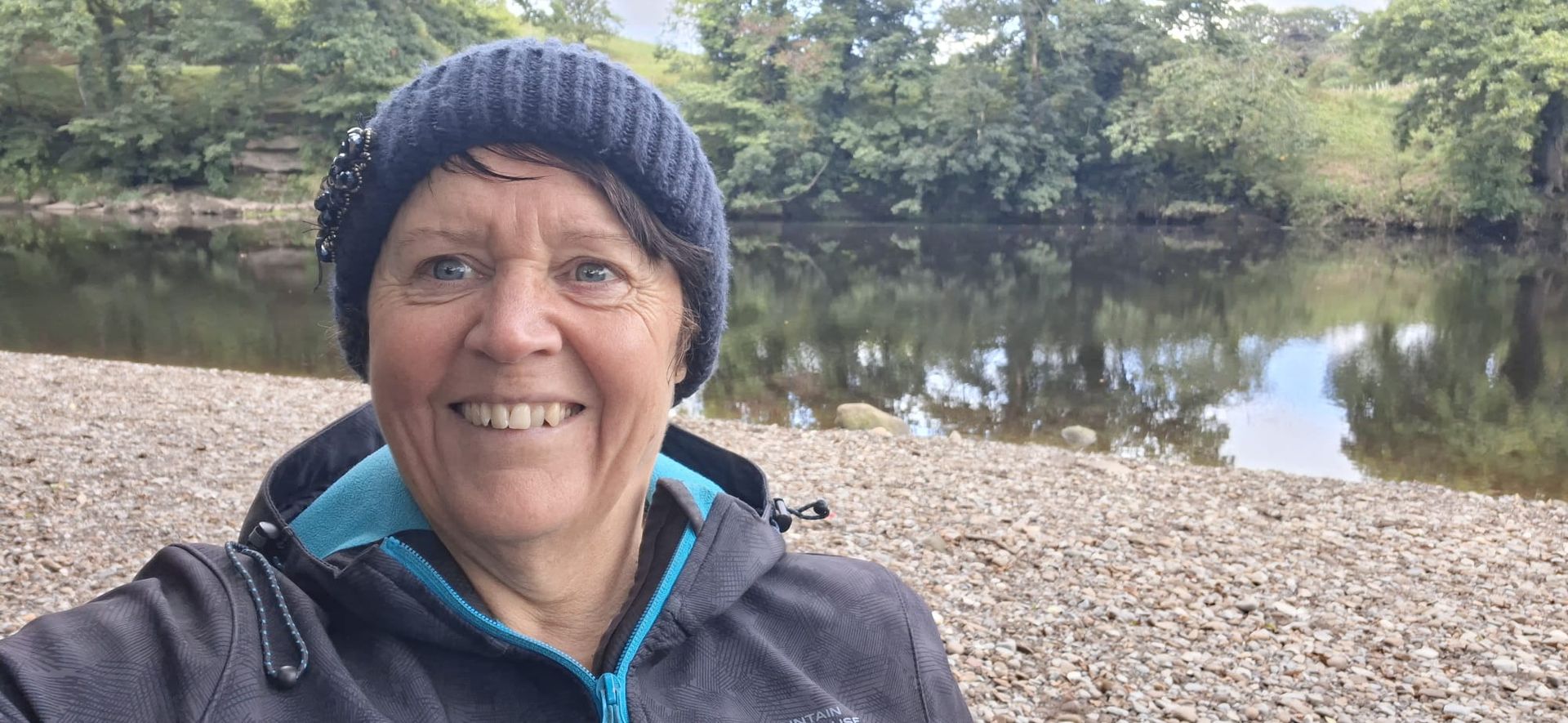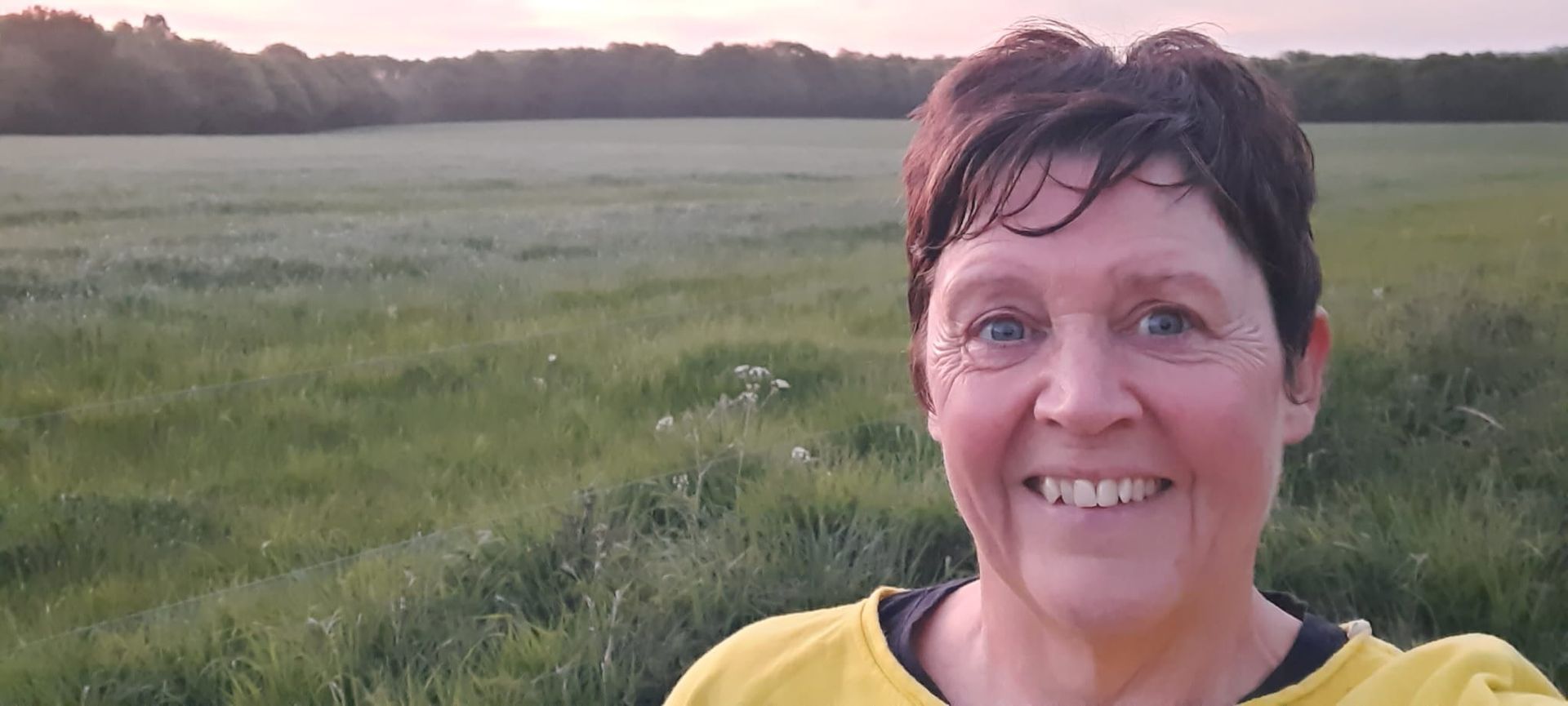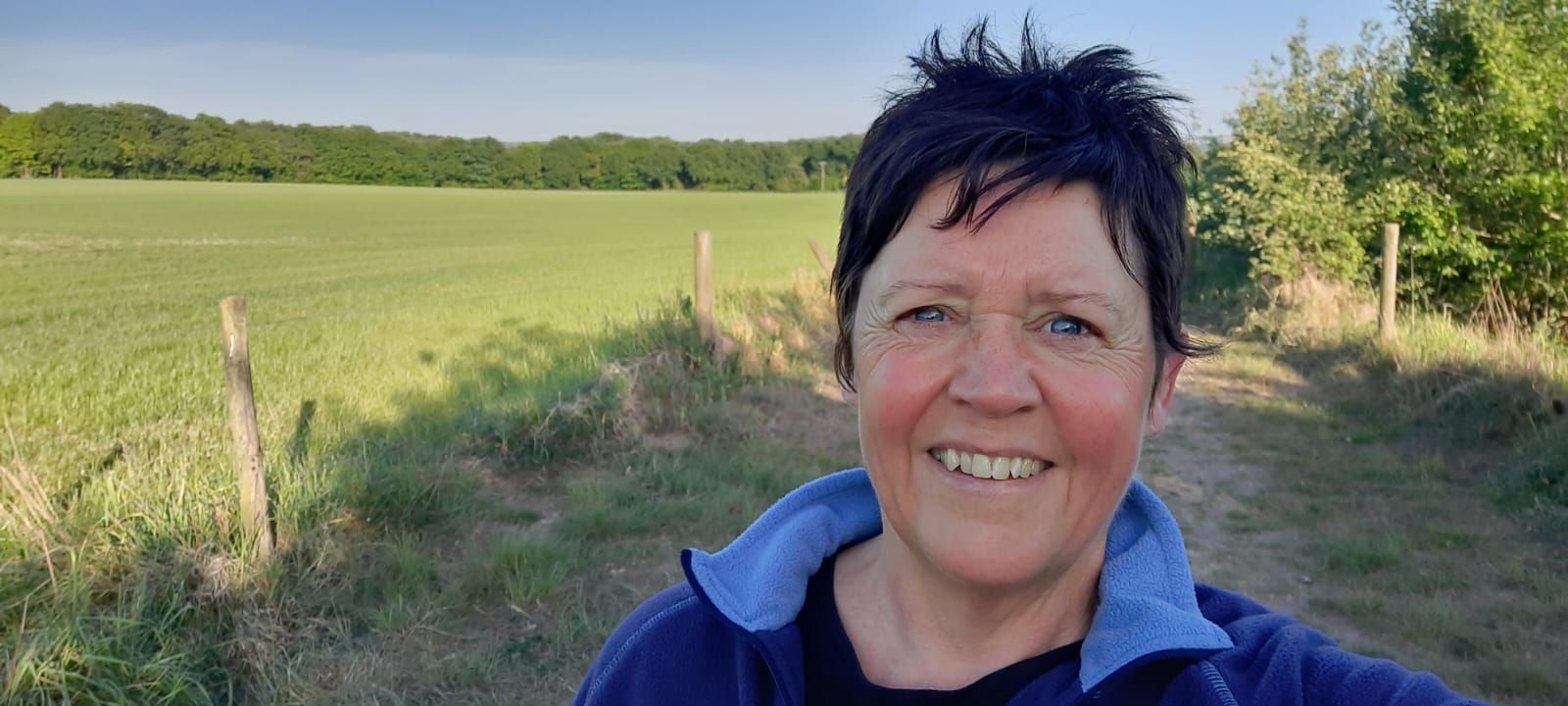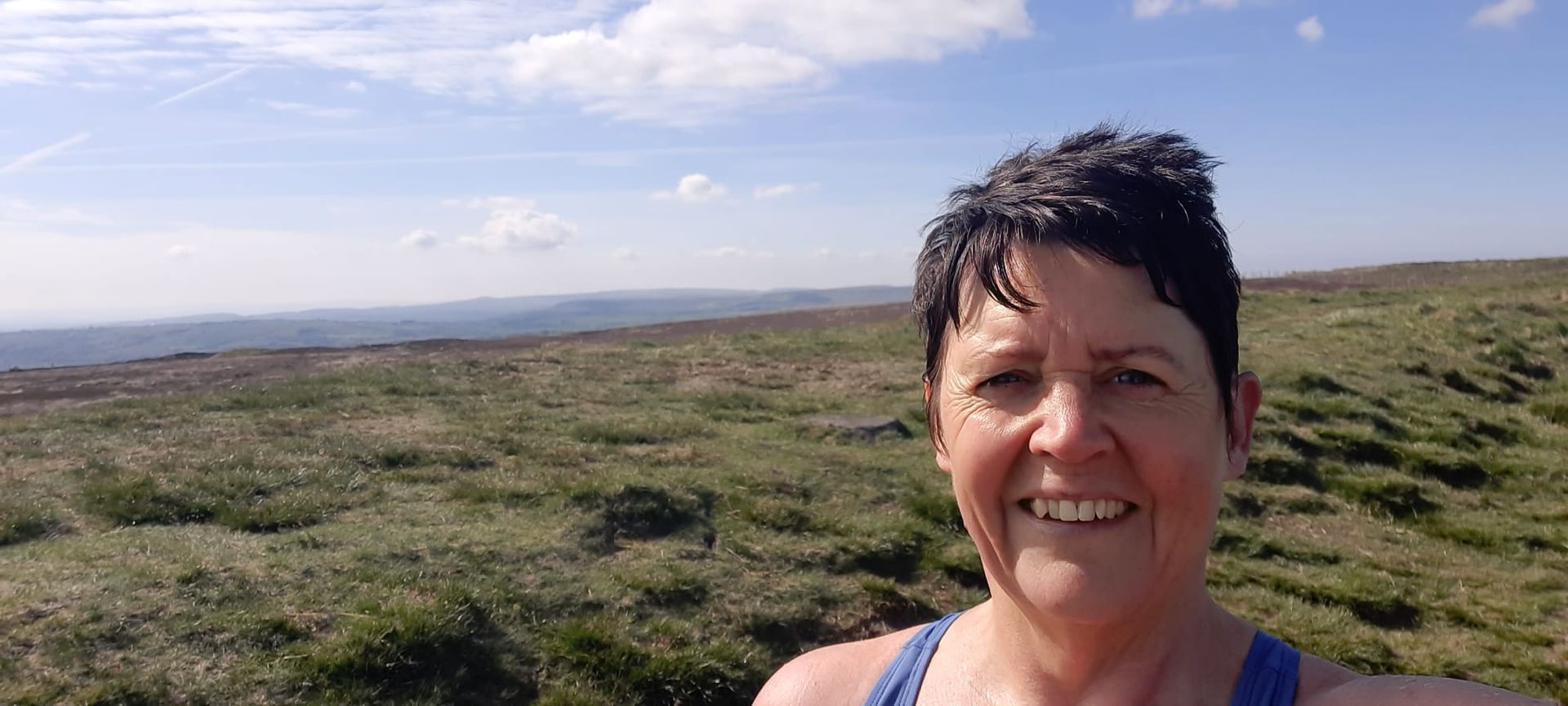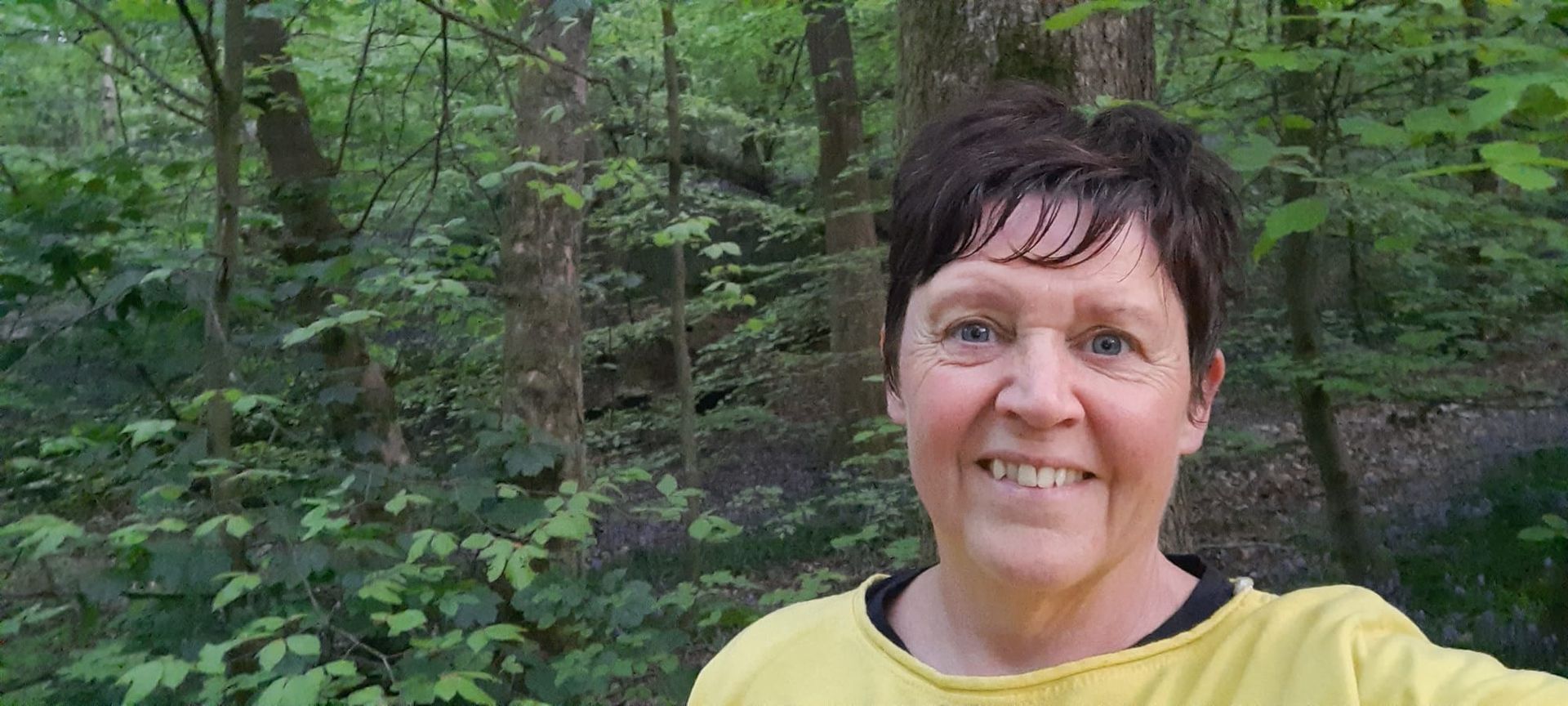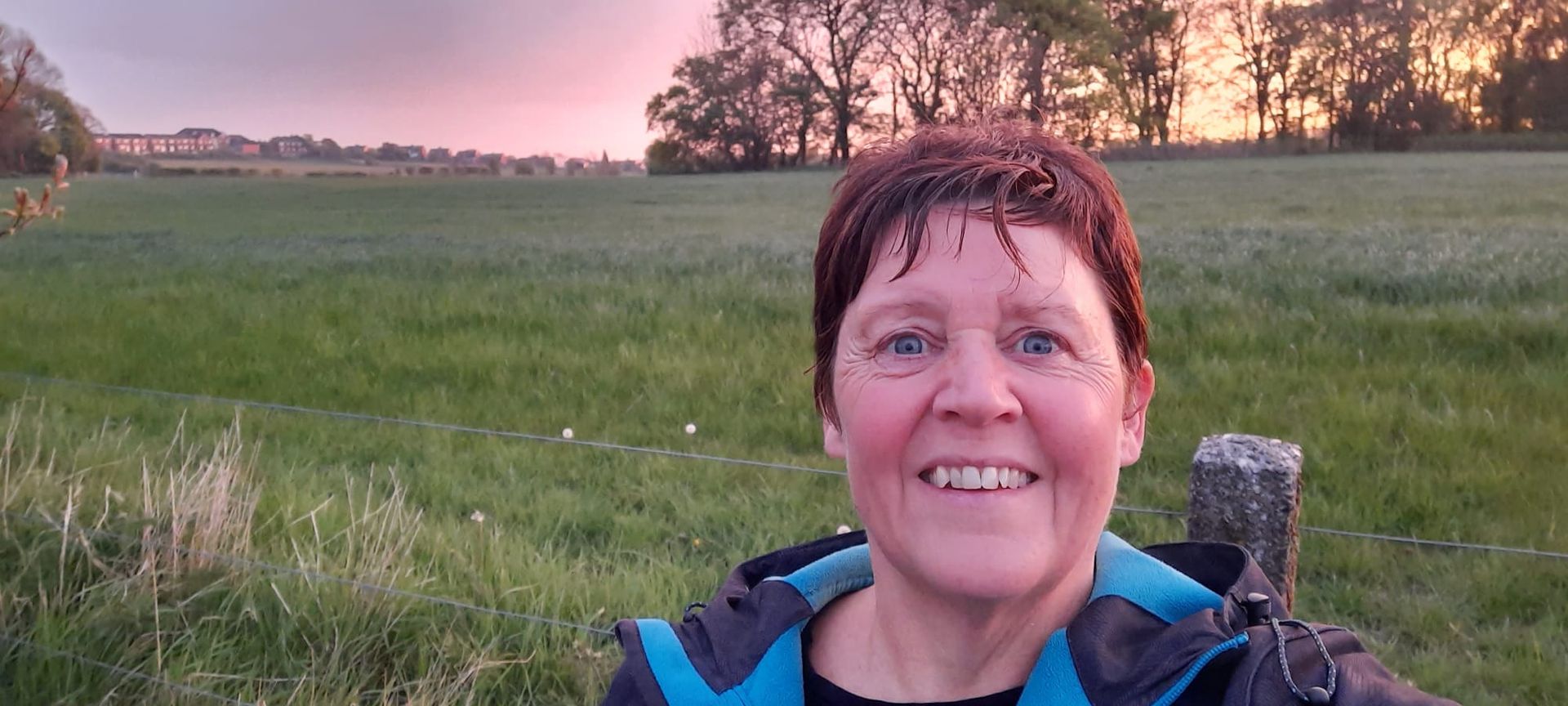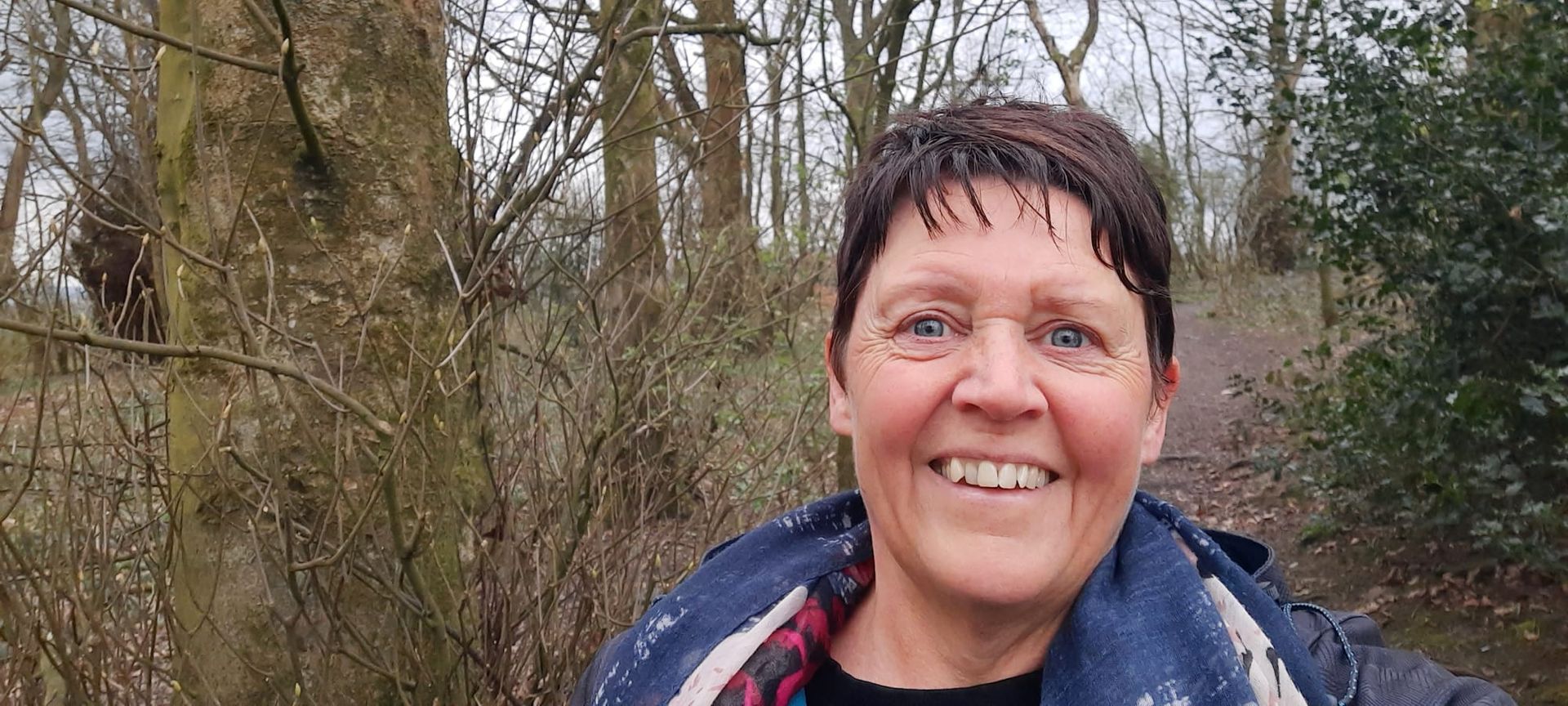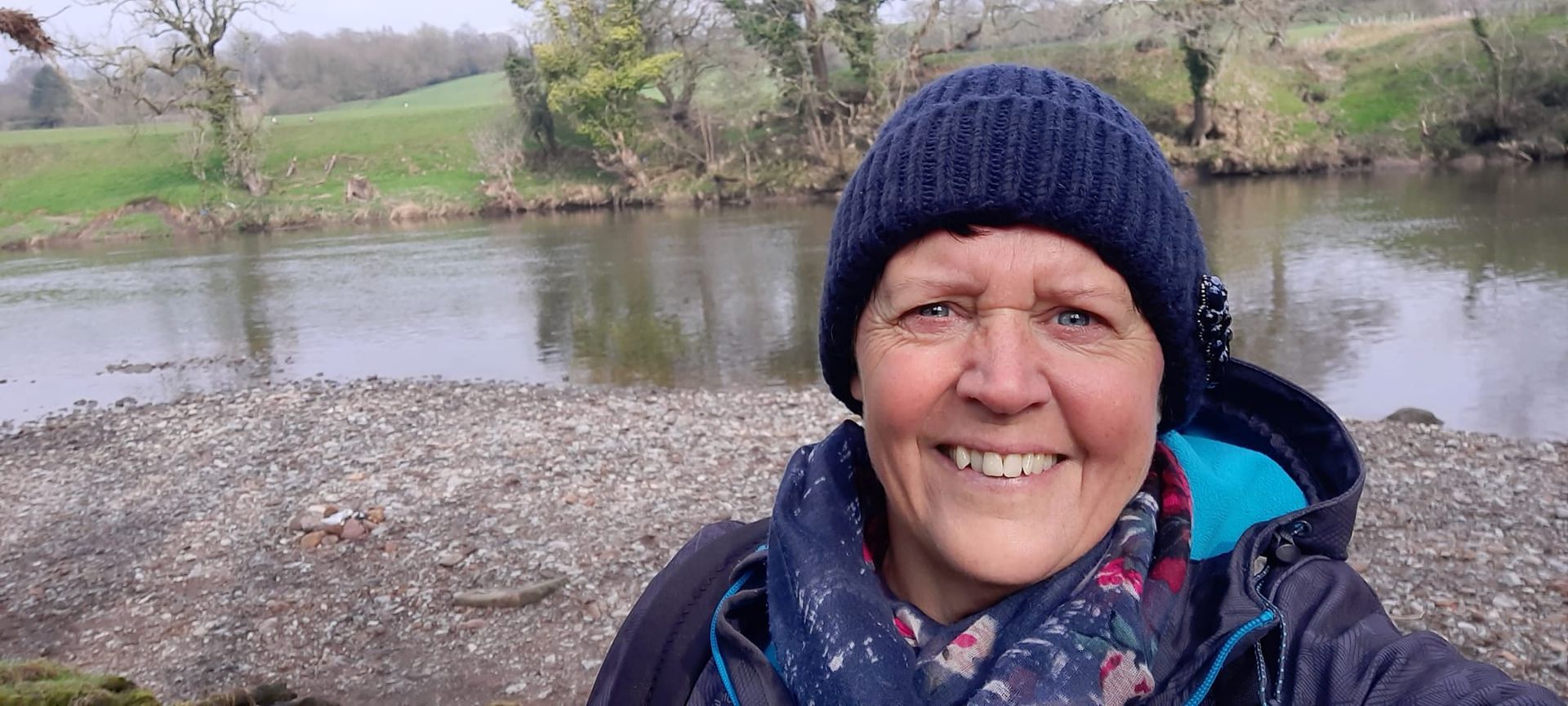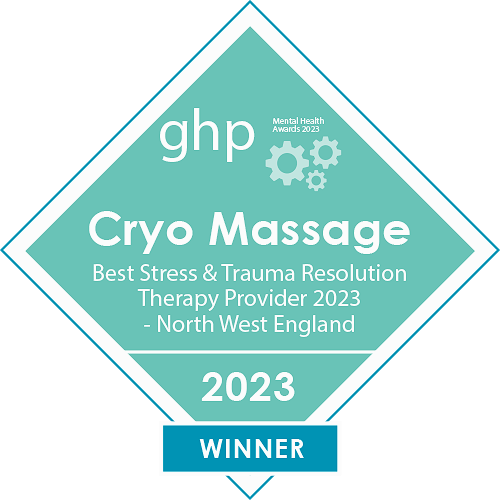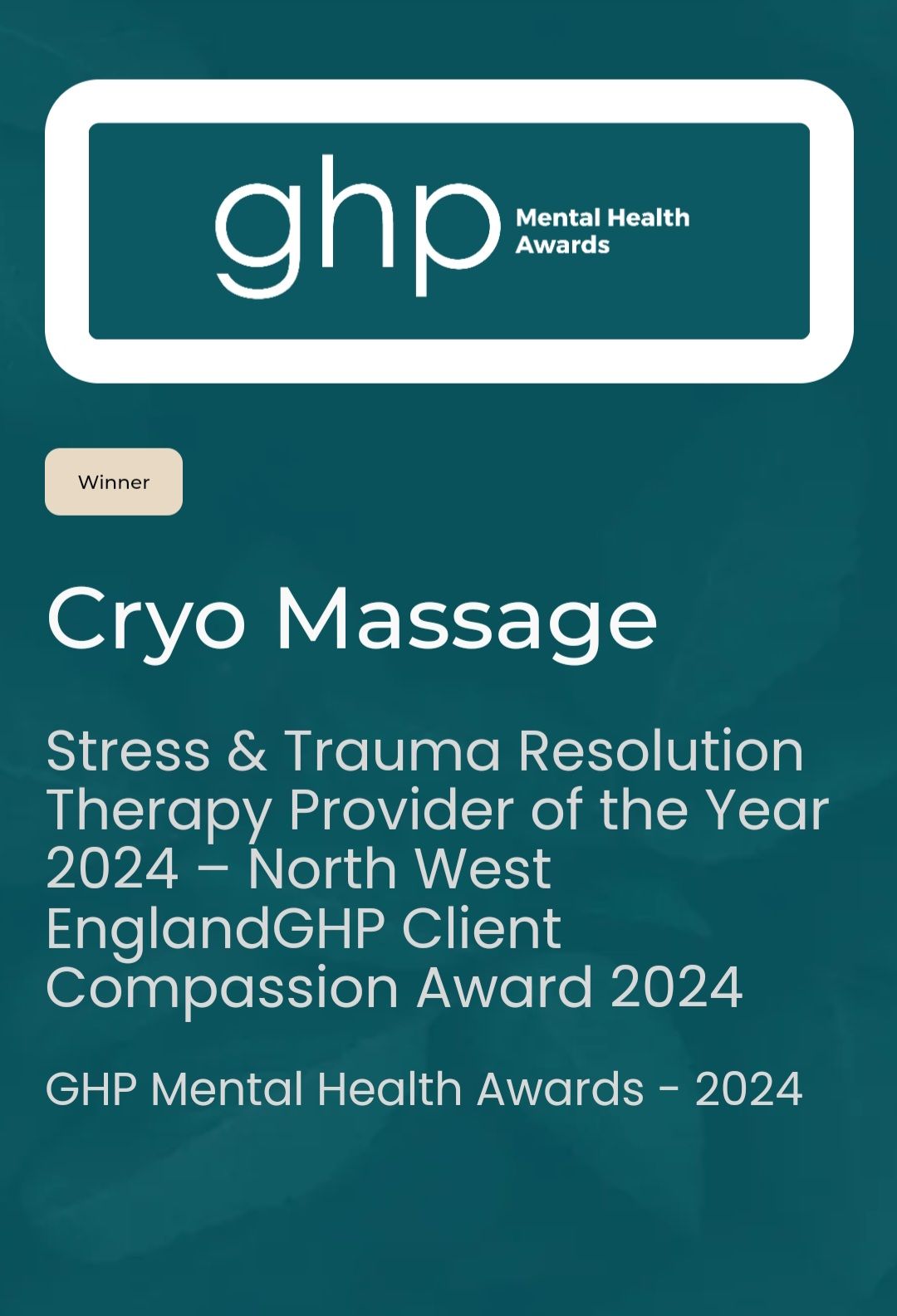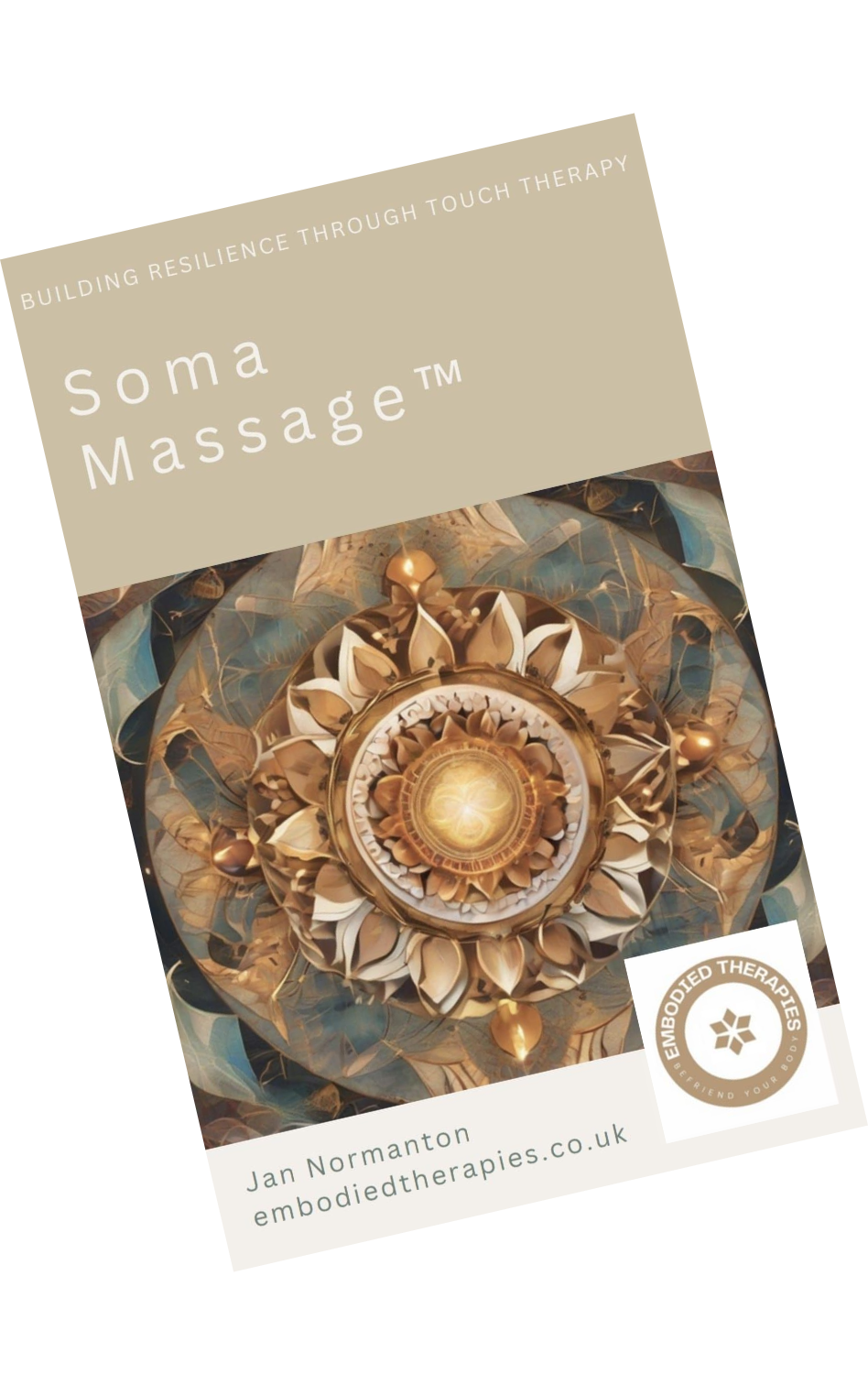Understanding the Nervous System: Beyond Rest and Digest
A resilient and robust nervous system offers greater capacity to deal with all that life throws at us - the good, the bad and the ugly
Listen to this article
In today’s fast-paced, often stressful world, many of us long simply to feel deeply relaxed, grounded, and at peace, ideally in a constant state of ‘rest and digest’.
For some, especially those who have experienced trauma or chronic stress, this state might seem elusive or even unnatural.
While the idea of being in rest and digest all the time sounds appealing, it’s not the true goal of healing or living our best lives. Instead, the aim is to cultivate a robust nervous system - one that can switch effortlessly between states of calm and alertness, manage challenges effectively, and recover quickly from stress.
Understanding the Nervous System: Beyond Rest and Digest
The nervous system has the various well documented states: fight, flight, freeze, and rest and digest. The latter, known as the parasympathetic response, is when the body relaxes, repairs, and restores.
However, because human life naturally involves stresses and challenges, and our nervous system needs to adapt and respond appropriately, what we really need is a resilient nervous system—one that can handle difficulty without becoming overwhelmed, and then return to calm when needed.
In reality however, many of my clients live in chronic stress, always on alert or in shutdown mode. That’s where somatic massage comes into play.
The Role of Somatic Massage in Nervous System Regulation
My somatic massage sessions are designed as an opportunity to experience that deep, restorative state of calm.
Through initial and ongoing psychoeducation, I help clients understand the different nervous system states, emphasising that the goal is not perpetual rest or calm but resilience building. My unique style of massage work allows clients to temporarily dip into that vital rest and digest state.
Many clients haven’t experienced true deep rest for a long time. Chronic stress keeps their nervous systems in heightened states of alertness or shutdown, which drains resilience and hinders healing.
With my facilitation through the sessions and bodywork, clients may learn to drop into the rest and digest state through co-regulation and gradually, they learn this for themselves. With consistent practice, tools and techniques that I share over and above the bodywork, clients expand their resilience, gradually broadening their capacity to experience moments of safety and calm independently.
Somatic massage helps the body and brain experience and recognise the state of safety, a crucial step in healing because chronic stress and trauma keeps us in states of stress ie feeling unsafe, whilst learning to stay in a state of deep rest strengthens neural pathways associated with safety.
Why Is This Deep Rest So Important?
Deep rest creates space for recovery - including cellular repair, emotional processing, and recalibration of all the internal systems - and it grows resilience.
This resilience is fundamental to health. It’s what allows us to manage life’s inevitable challenges more effectively, with less overwhelm. A resilient nervous system can switch comfortably between states, being alert and robust enough to face difficulties and relaxed enough to recover and thrive.
Building Resilience: The Path to True Healing
My work with trauma, stress and nervous system regulation is grounded in this principle. The somatic massage I provide offers more than physical, mental and emotional support; it’s an intentional step toward building a robust nervous system, one that can handle stress adaptively and flexibly, and clients can learn equally to feel safe in their own body deeply and implicitly, regardless of what life throws at them.
- Clients experience deep relaxation and safety during sessions, creating an anchor for future self regulation.
- These experiences help weaken automatic triggers into to stress states.
- Increasingly, clients develop a stronger capacity to seek out and generate states of calm, continuing to improve their overall resilience.
- With greater resilience, everyday stresses become easier to manage, and healing from trauma and chronic stress becomes more sustainable, enabling post traumatic growth.
Resilience Over Perfection
The goal isn’t to be in rest and digest all the time. Instead, I encourage my clients to cultivate a resilient nervous system that can skillfully navigate life’s challenges and return quicker and easier to a baseline of peace. Through somatic massage and psychoeducation, they learn to build that resilience.
If you feel overwhelmed by chronic stress or trauma, know that deep, restorative rest is possible - and that this is key to growing your resilience, providing a most powerful foundation for true and empowered healing.

